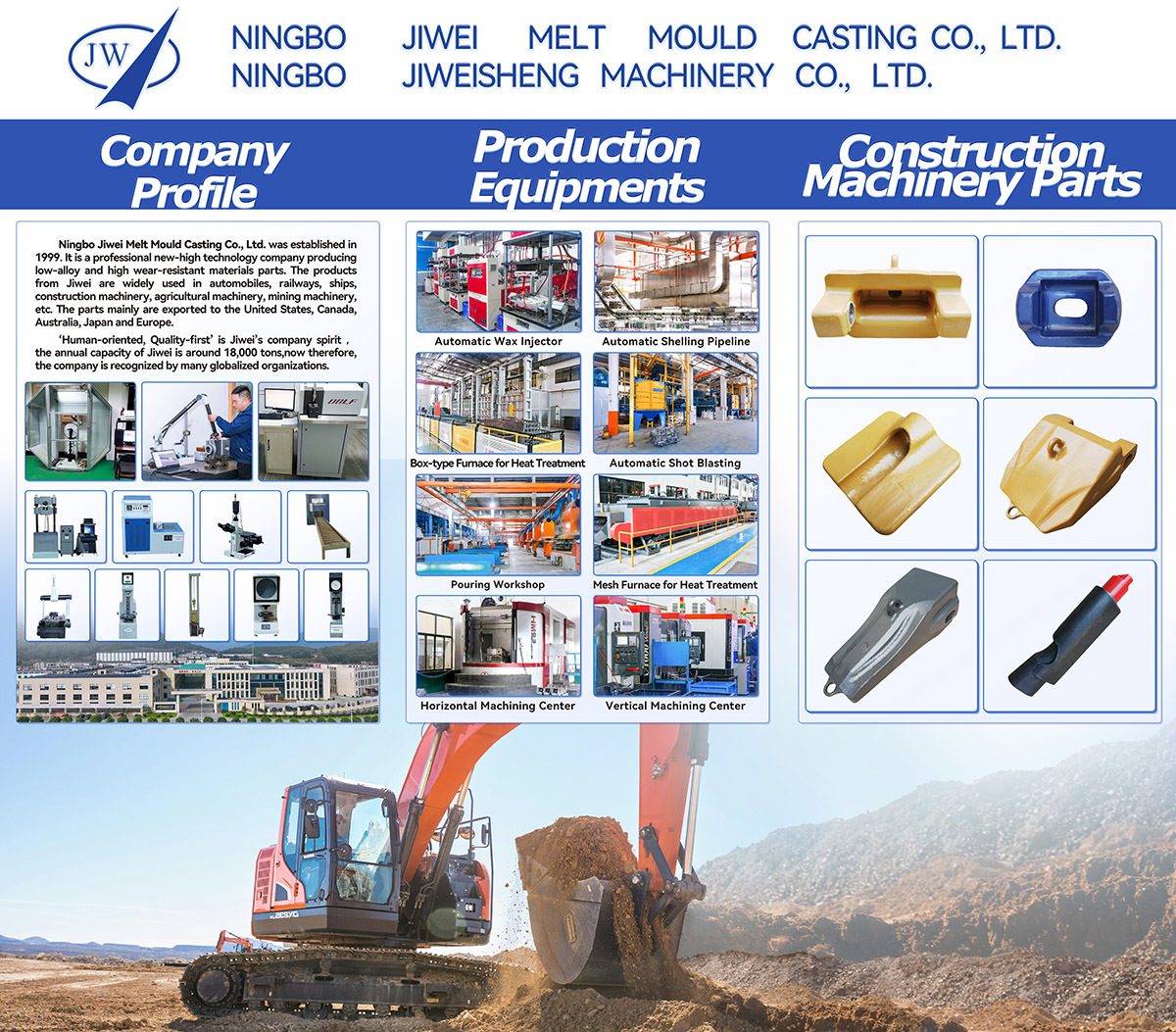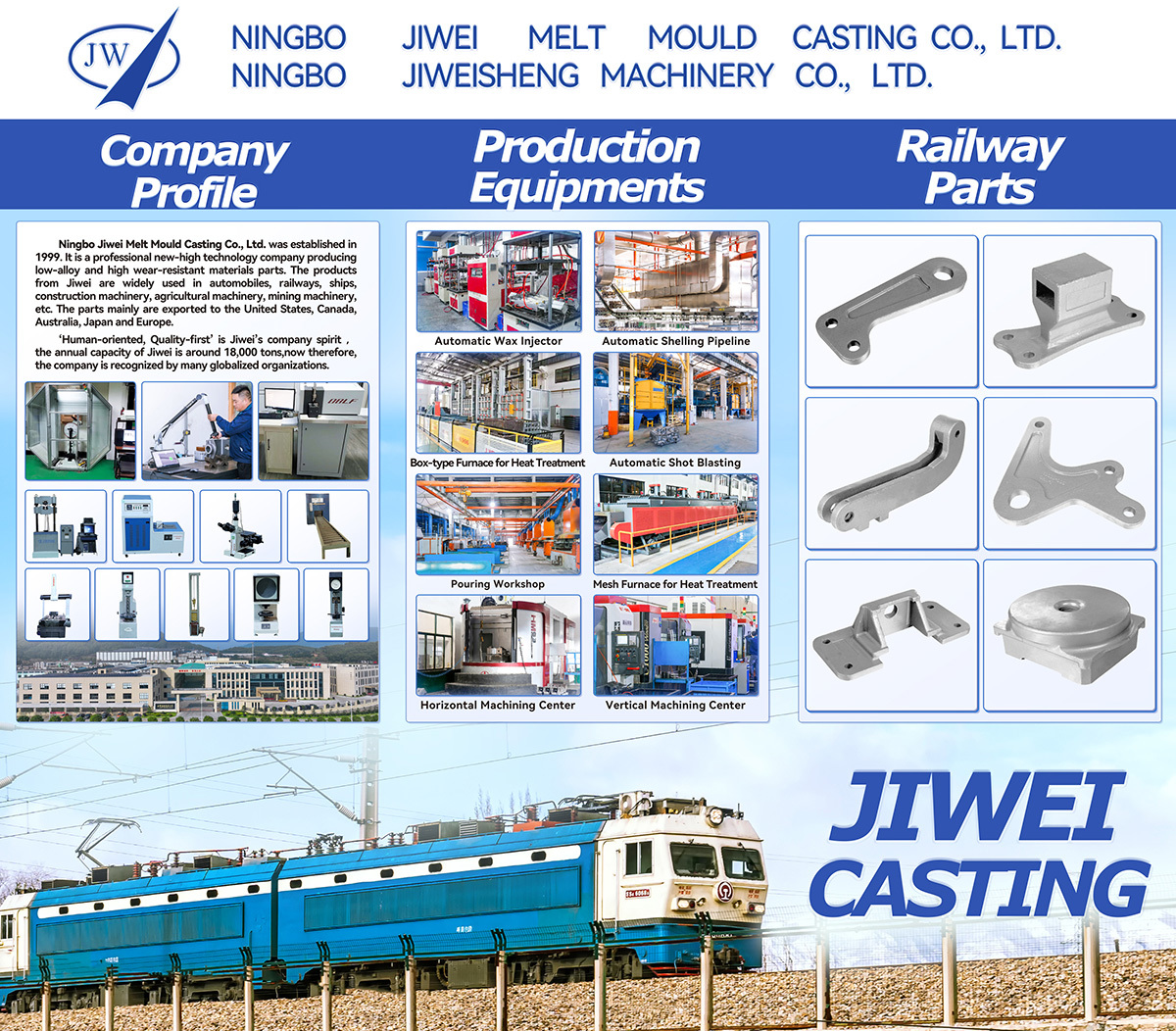05 Oct,2025
Exploring the Different Types of Steel Gusset Plates for Your Construction Projects
Exploring the Different Types of Steel Gusset Plates for Your Construction Projects Table of Contents 1. Introduction to Steel Gusset Plates 2. What are Gusset Plates and Their Purpose? 3. Types of Steel Gusset Plates 3.1 Flat Gusset Plates 3.2 Angle Gusset Plates 3.3 Stiffened Gusset Plates 3.4 Perforated Gusset Plates
Exploring the Different Types of Steel Gusset Plates for Your Construction Projects
Table of Contents
- 1. Introduction to Steel Gusset Plates
- 2. What are Gusset Plates and Their Purpose?
- 3. Types of Steel Gusset Plates
- 3.1 Flat Gusset Plates
- 3.2 Angle Gusset Plates
- 3.3 Stiffened Gusset Plates
- 3.4 Perforated Gusset Plates
- 4. Applications of Steel Gusset Plates in Construction
- 5. Benefits of Using Steel Gusset Plates
- 6. Selection Criteria for Steel Gusset Plates
- 7. Installation Tips for Steel Gusset Plates
- 8. Maintenance of Steel Gusset Plates
- 9. Conclusion
- 10. Frequently Asked Questions
1. Introduction to Steel Gusset Plates
In the realm of construction, ensuring the structural integrity of buildings is paramount. Steel gusset plates serve as vital components that enhance the strength and stability of various structures. These plates, often overlooked, play a crucial role in bridging connections between structural elements such as beams, columns, and trusses. In this article, we will explore the different types of steel gusset plates, their applications, benefits, and essential considerations for selection and installation.
2. What are Gusset Plates and Their Purpose?
Gusset plates are flat pieces, typically made from steel, that are used to connect two or more structural members at a joint. They are designed to distribute loads and stresses evenly across the connected components, ensuring that the overall integrity of the structure is maintained. Gusset plates can be found in various shapes and sizes, depending on their intended function. They are particularly useful in truss systems, where they provide additional support and stability.
3. Types of Steel Gusset Plates
Understanding the different types of steel gusset plates can help you make informed decisions for your construction projects. Each type serves distinct purposes and can be selected based on specific structural requirements.
3.1 Flat Gusset Plates
Flat gusset plates are the most common type found in construction. They are typically rectangular or square and are used in various applications, including trusses and frames. These plates are advantageous due to their versatility and ease of installation. Flat gusset plates are often used to connect beams and columns at right angles, providing excellent load distribution.
3.2 Angle Gusset Plates
Angle gusset plates are designed in an L-shape, allowing for connections at different angles. This type is particularly useful in situations where standard flat plates cannot be effectively utilized. Angle gusset plates offer enhanced support for diagonal bracing in truss systems, making them ideal for applications requiring increased stability.
3.3 Stiffened Gusset Plates
Stiffened gusset plates feature additional reinforcing elements, such as ribs or folds, that enhance their strength and load-carrying capacity. These plates are commonly used in heavy-duty applications where significant forces are present. Stiffened gusset plates are particularly effective in high-stress environments, such as bridges and large commercial buildings.
3.4 Perforated Gusset Plates
Perforated gusset plates contain holes or openings that reduce weight while maintaining structural integrity. These plates are often employed in situations where weight reduction is critical, such as in lightweight trusses. The perforations can also facilitate connection points for other structural elements, increasing flexibility in design.
4. Applications of Steel Gusset Plates in Construction
Steel gusset plates find applications in a wide range of construction projects. Their versatility and strength make them suitable for:
- **Bridge Construction**: Gusset plates are crucial components in the construction of bridges, providing stability and support for the overall structure.
- **Roof Trusses**: In residential and commercial buildings, gusset plates are used to connect the various components of roof trusses, ensuring they can withstand loads from weather and occupancy.
- **Industrial Structures**: Heavy machinery and equipment often require sturdy frameworks supported by gusset plates to maintain safety and functionality.
- **Frame Structures**: Buildings with frame designs utilize gusset plates at joints where beams and columns intersect, bolstering overall strength.
5. Benefits of Using Steel Gusset Plates
Incorporating steel gusset plates into your construction projects offers several advantages:
- **Improved Load Distribution**: Gusset plates help distribute loads evenly, reducing stress on individual structural components and enhancing overall stability.
- **Enhanced Structural Integrity**: By creating secure connections between elements, gusset plates contribute to the overall durability of the structure.
- **Versatility**: With various types available, gusset plates can be tailored to meet specific project needs, making them a flexible solution in construction.
- **Cost-Effectiveness**: Using gusset plates can reduce the need for additional framing or support elements, saving on materials and labor costs.
6. Selection Criteria for Steel Gusset Plates
When selecting steel gusset plates for your projects, consider the following criteria:
- **Load Requirements**: Assess the load conditions the gusset plates will face, including static and dynamic loads, to ensure appropriate sizing and thickness.
- **Material Type**: Choose the right steel grade based on the environment and application to ensure durability and resistance to corrosion.
- **Connection Type**: Determine the type of connection required (e.g., bolt, weld) and select gusset plates that suit those methods.
- **Design Specifications**: Ensure that the selected gusset plates meet the necessary design codes and standards for your specific project.
7. Installation Tips for Steel Gusset Plates
Proper installation of steel gusset plates is essential for ensuring structural integrity. Here are some tips to consider:
- **Pre-Installation Inspection**: Before installation, inspect the gusset plates for any defects or damage. Ensure they meet project specifications.
- **Alignment**: Carefully align the gusset plates with the structural members before securing them. Misalignment can lead to structural weaknesses.
- **Secure Fastening**: Use appropriate fasteners (bolts, welds) and follow manufacturer recommendations for torque specifications to secure the gusset plates effectively.
- **Quality Control**: Implement quality control measures during installation to verify that all connections are secure and meet design standards.
8. Maintenance of Steel Gusset Plates
Maintaining steel gusset plates is crucial for their long-term performance. Consider the following maintenance practices:
- **Regular Inspections**: Conduct periodic inspections to identify signs of wear, corrosion, or damage. Address any issues promptly to avoid compromising structural integrity.
- **Cleanliness**: Keep gusset plates free from debris, rust, and contaminants that can lead to corrosion.
- **Protective Coatings**: Apply protective coatings, such as paint or galvanization, to prevent corrosion and extend the lifespan of the plates.
9. Conclusion
Steel gusset plates are indispensable components in the construction industry, providing strength, stability, and versatility across a range of applications. Understanding the different types of gusset plates, their benefits, and proper installation practices can significantly enhance the quality and safety of your projects. By making informed decisions regarding gusset plate selection and maintenance, you can ensure the longevity and durability of your structures.
10. Frequently Asked Questions
1. What are the main types of steel gusset plates?
The main types include flat gusset plates, angle gusset plates, stiffened gusset plates, and perforated gusset plates.
2. How do gusset plates improve structural integrity?
Gusset plates connect structural members securely, distributing loads evenly and preventing stress concentrations that could lead to failure.
3. What materials are gusset plates made from?
Gusset plates are typically made from various grades of steel, depending on the application and environmental conditions.
4. How often should steel gusset plates be inspected?
Regular inspections should be carried out at least annually or after significant weather events to identify any potential issues.
5. Can gusset plates be used in heavy-duty applications?
Yes, stiffened gusset plates are specifically designed for heavy-duty applications, providing enhanced strength and load capacity.
By incorporating steel gusset plates into your construction projects, you not only enhance structural integrity but also ensure that your work meets the highest standards of safety and durability.







